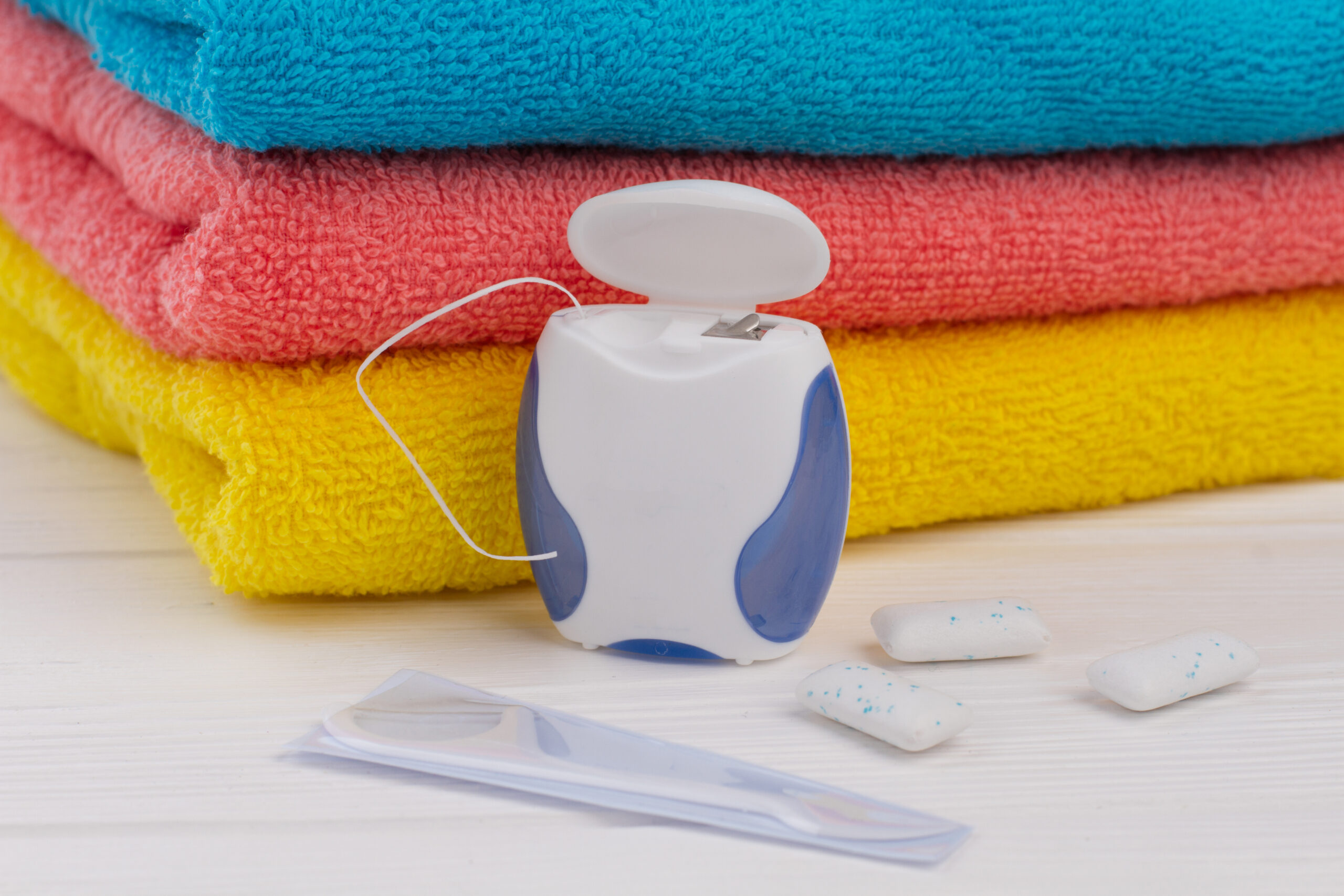Flossing is essential for maintaining optimal oral health, but with so many options, you may wonder whether to use traditional floss or invest in a water flosser like the Waterpik. Both tools effectively remove plaque and debris, but each has its unique advantages. This guide breaks down the pros and cons of each method, with recommendations from the American Dental Association (ADA) and other reliable sources, to help you make the best choice for your dental care routine.
1. Traditional Floss: The Classic Choice
Traditional dental floss has been a trusted method for decades, effectively cleaning the tight spaces between teeth.
Types of Traditional Floss
- Waxed and Unwaxed Floss: Waxed floss slides smoothly between teeth, while unwaxed floss provides more grip for plaque removal.
- Dental Tape: A broader and flatter option, ideal for people with larger gaps between teeth.
- Floss Picks: Convenient for reaching back teeth, especially for people with limited dexterity.
Benefits of Traditional Floss
- Precision Cleaning: Offers better tactile feedback, allowing you to feel and effectively remove plaque.
- ADA Endorsement: The ADA recommends traditional floss as it removes up to 80% of interdental plaque.
- Portable and Affordable: Easy to carry and cost-effective, traditional floss doesn’t require batteries or charging.
Drawbacks of Traditional Floss
- Technique-Dependent: Effective flossing requires proper technique, which can be challenging for some.
- Gum Sensitivity: Can cause discomfort or slight bleeding, especially for those with sensitive gums or irregular flossing habits.
2. Water Flossers: The Modern Alternative
Water flossers, like the Waterpik, use pulsating water jets to clean between teeth and along the gumline.
How Water Flossers Work
These devices dislodge food particles and plaque with a targeted stream of water, offering adjustable pressure settings for personal comfort.
Benefits of Water Flossers
- Ease of Use: Simplifies the flossing process, making it especially helpful for people with braces, bridges, or implants.
- Gentler on Gums: Reduces gum bleeding and discomfort, making it a preferred option for individuals with sensitivity.
- Improves Gum Health: Clinical studies show water flossers are more effective at reducing gingivitis and gum bleeding compared to traditional floss.
Drawbacks of Water Flossers
- Higher Cost: Requires a significant upfront investment, along with the cost of replacement tips and maintenance.
- Less Portable: Bulky and requires charging or a power source, making it less convenient for travel.
3. Which Option Is Better for You?
Choose Traditional Floss If:
- You have good dexterity and no orthodontic appliances.
- You prefer an affordable and portable flossing solution.
- You are confident in your ability to use proper flossing techniques.
Choose a Water Flosser If:
- You find traditional floss challenging to use due to limited dexterity, arthritis, or other mobility issues.
- You have braces, implants, or dental bridges, making it harder to floss with string floss.
- You have gum sensitivity or periodontal issues and need a gentler option for effective cleaning.
4. Using Both for Maximum Benefits
Many dental professionals recommend combining both methods for a comprehensive clean:
- Use Traditional Floss: For tightly spaced teeth and precise plaque removal.
- Follow Up with a Water Flosser: To flush out debris and clean along the gumline.
Studies suggest using both tools together can significantly improve gum health and reduce interdental plaque more effectively than using either tool alone.
Final Thoughts
Both traditional floss and water flossers have unique strengths, and the choice depends on your oral health needs, comfort, and budget. Regardless of your choice, consistency is key—floss or water floss daily to maintain healthy teeth and gums, alongside regular brushing and dental checkups.
To learn more about improving your oral care routine, check out these resources:
- Simple Home Care Tips for a Healthy Smile
- Choosing the Right Toothpaste for Your Dental Needs
- Manual vs. Electric Toothbrushes: Which Should You Choose?
References
- American Dental Association. Interdental Cleaning: What You Need to Know. ADA, 2021.
- Barnes, C. M., et al. “Efficacy of a Water Flosser in Reducing Gingivitis in Adults.” Journal of Clinical Dentistry, 2013.
- Rosema, N. A. M., et al. “Comparison of the Effect of Different Interdental Cleaning Devices on Plaque Removal.” International Journal of Dental Hygiene, 2018.
- American Dental Association. ADA Seal of Acceptance: Waterpik Water Flosser. ADA, 2020.
- Yankell, S. L., & Emling, R. C. “A Clinical Comparison of the Efficacy of a Water Flosser and Traditional Dental Floss.” Compendium of Continuing Education in Dentistry, 2012.
- Lyle, D. M., et al. “The Impact of Water Flosser Use on Gingival Health in People with Periodontal Disease.” Journal of Clinical Periodontology, 2017.
- American Academy of Periodontology. Best Practices for Interdental Cleaning: Traditional Floss vs. Water Flossing. AAP, 2021.



